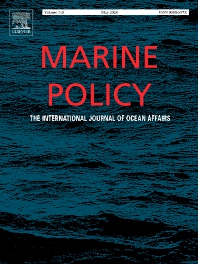
The study compares crew members on Norwegian cargo vessels (N=93) and passenger vessels (N=76) with crew members on Greek cargo vessels (N=99) and Greek passenger vessels (N=99).
The aims are to: 1) Examine the influence of national safety culture, sector safety focus and organizational safety culture on safety behaviours, compared with other explanatory variables (e.g. age,position,vessel type,working conditions) and to 2) Examine the influence of safety behaviours and other factors on occupational injuries.The paper focuses on the following unsafe behaviours: 1) Risk acceptance/violations, 2) Working under the influence of alcohol, or while being hungover and 3) Non-intervention/non-reporting. Organizational factors like demanding working conditions and organizational safety culture are the most important predictors of Risk acceptance/violations and Non-intervention/non-reporting. National safety culture is the most important predictor of respondents’ tendency to work under the influence of alcohol/hungover. Respondents’ occupational injuries are influenced by Risk acceptance/violations, nationality and age. The study indicates that safety culture at different analytical levels,influence different types of unsafe behaviours, which in turn influence the risk of work injuries.Thus, it is suggested that it is important to study safety culture at different analytical levels (i.e.the national,sectorial and organizational), to fully understand the influence of culture on safety in transport.
| ID | pj152 |
| DOI | |
| Tags | culture, international comparisons, transport networks |













